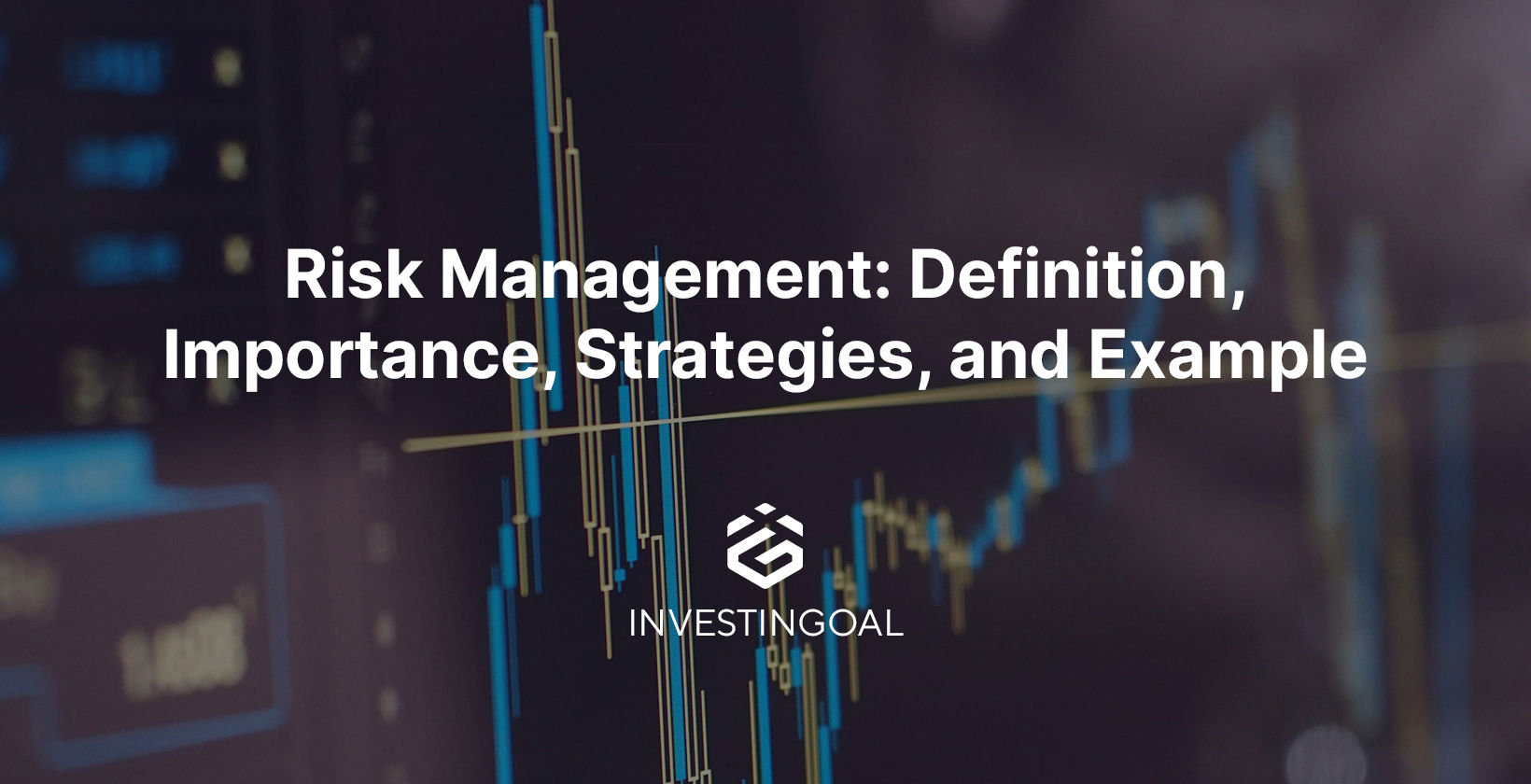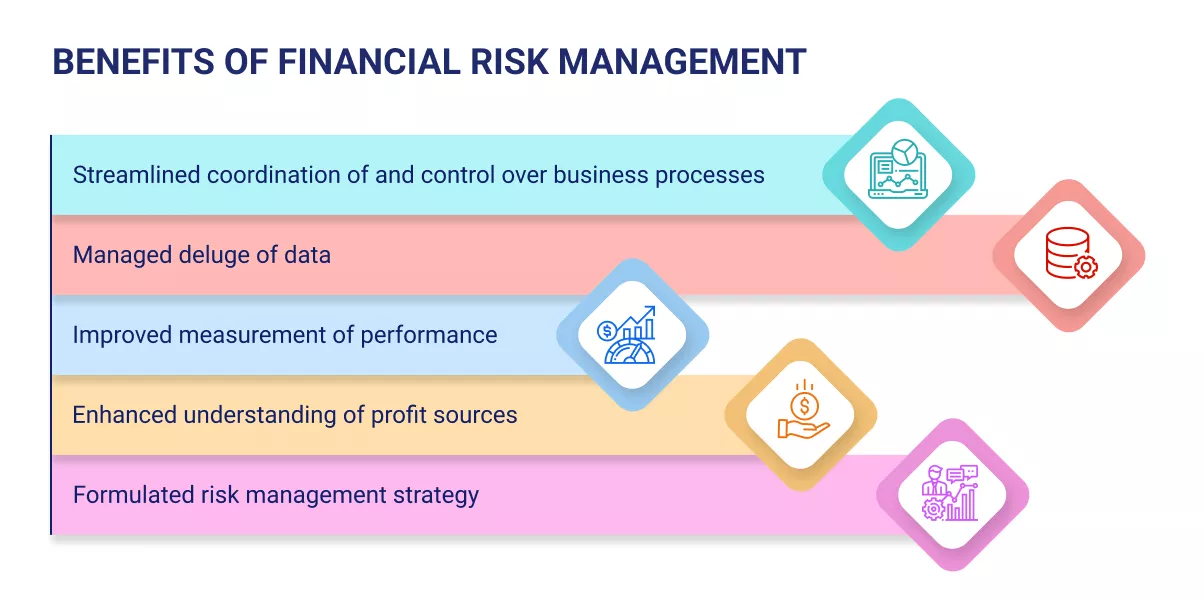The Tactical Importance of Risk Management in Building Market Advantage
The Tactical Importance of Risk Management in Building Market Advantage
Blog Article
Exploring the Significance of Risk Management for Effective Decision-Making Methods
In the detailed globe of company, Risk Management becomes an essential consider the decision-making procedure. The capability to identify potential threats and opportunities, and strategize appropriately, can spell the distinction between success and failing. With devices such as SWOT and PESTEL, organizations are furnished to make enlightened options, cultivating strength and flexibility in an ever-changing environment. Wondering exactly how this functions? Let's unpack the dynamics better.
Understanding the Idea of Risk Management
Risk Management, a vital component in decision-making, is typically misunderstood or oversimplified. Risk Management entails organized and self-displined approaches, utilizing information and insightful assessments. From financial unpredictabilities, lawful obligations, critical Management mistakes, to accidents and natural disasters, it attends to numerous risks - importance of risk management.
The Role of Risk Management in Decision-Making Processes
In the world of calculated preparation and company operations, Risk Management plays an integral duty in decision-making processes. It assists in recognizing possible threats and unpredictabilities that might influence the success of service objectives. By tracing these risks, companies can create methods to minimize their effect, making sure service continuity and security. Risk Management thus comes to be a crucial device in decision-making, helping leaders to make educated options based on a thorough understanding of the dangers entailed. It urges a positive technique, making it possible for organizations to prepare and expect for feasible future situations. This considerably decreases the likelihood of adverse consequences, promoting more effective and effective decision-making approaches. Risk Management offers as a crucial part in the decision-making procedures of any type of company.

Just How Risk Management Improves Strategic Planning
In the context of calculated preparation, Risk Management plays a crucial duty. Launching with the recognition of possible dangers, it additionally includes the implementation of Risk mitigation steps. The function of Risk Management is not static however vibrant, as it demands constant surveillance and adjusting of strategies.
Identifying Prospective Threats
:max_bytes(150000):strip_icc()/risk-management-4189908-FINAL-2-976ae194e01848618ca94941ab9d2395.jpg)
Implementing Risk Reduction
Having developed the relevance of identifying possible threats, the next action is to explore Risk reduction. This process involves establishing and implementing strategies to take care of identified risks properly. It is a crucial element of critical preparation as it enhances decision-making by minimizing prospective adverse end results. Risk mitigation approaches can range from Risk avoidance, Risk transfer, to run the risk of reduction. Each technique must be customized to the particular Risk, considering its possible influence and the company's Risk tolerance. Efficient Risk reduction requires a deep understanding of the Risk landscape and the prospective effect of each Risk. This understanding visit the website allows organizations to focus on dangers and designate sources efficiently, making sure that one of the most significant dangers are resolved initially.
Monitoring and Readjusting Methods
Though Risk reduction is an important action in calculated planning, constant monitoring and adjustment of these methods is just as look at these guys important. It also offers an opportunity to assess the success of the Risk Management steps, allowing changes to be made where necessary, more boosting calculated preparation. Tracking and changing Risk Management methods is a crucial element for enhancing a company's resilience and strategic preparation.
Instance Studies: Effective Risk Management and Decision-Making
Worldwide of organization and finance, effective Risk Management and decision-making usually work as the columns of flourishing business. One such entity is an international oil company that alleviated monetary loss by hedging against changing oil costs. In another instance, a tech start-up prospered by identifying and approving risky, high-reward strategies in an unpredictable market. An international bank, confronted with regulative uncertainties, successfully browsed the scenario with positive Risk analysis and vibrant decision-making. These instances highlight the value of astute Risk Management in decision-making procedures. It is not the absence of Risk, yet the Management of it, that usually separates successful firms from not successful ones. These cases highlight the crucial duty of Risk Management in critical decision-making. importance of risk management.
Devices and Techniques for Effective Risk Management
These devices, such as Risk signs up and warm maps, help in determining and analyzing prospective risks. Risk response techniques, a key part of Risk Management, entail approving, avoiding, transferring, or mitigating dangers. With these methods and tools, decision-makers can browse the complicated landscape of Risk Management, consequently facilitating educated and reliable decision-making.
Future Fads in Risk Management and Decision-Making Strategies
As we explore the huge landscape of Risk Management, it ends up being apparent that the devices and techniques used today will certainly remain to develop. Future trends direct towards an increased dependence on technology, with expert system and artificial intelligence playing significant duties. These innovations will make it possible for organizations to forecast possible risks with higher accuracy and make more enlightened decisions. Furthermore, there will certainly be an expanding focus on durability, not simply in taking care of threats yet also in recuperating from unfavorable scenarios. The concept of Risk society, where every participant website link of a company is aware and entailed in Risk Management, will certainly obtain more prestige. These patterns declare a more inclusive and aggressive strategy in the direction of Risk Management and decision-making.
Verdict

Risk Management therefore becomes a crucial device in decision-making, assisting leaders to make informed choices based on a comprehensive understanding of the threats included. Risk reduction strategies can vary from Risk avoidance, Risk transfer, to take the chance of reduction (importance of risk management). Efficient Risk mitigation requires a deep understanding of the Risk landscape and the possible influence of each Risk. Risk action techniques, a key element of Risk Management, include accepting, staying clear of, moving, or mitigating risks. The idea of Risk society, where every member of a company is mindful and involved in Risk Management, will acquire more importance
Report this page